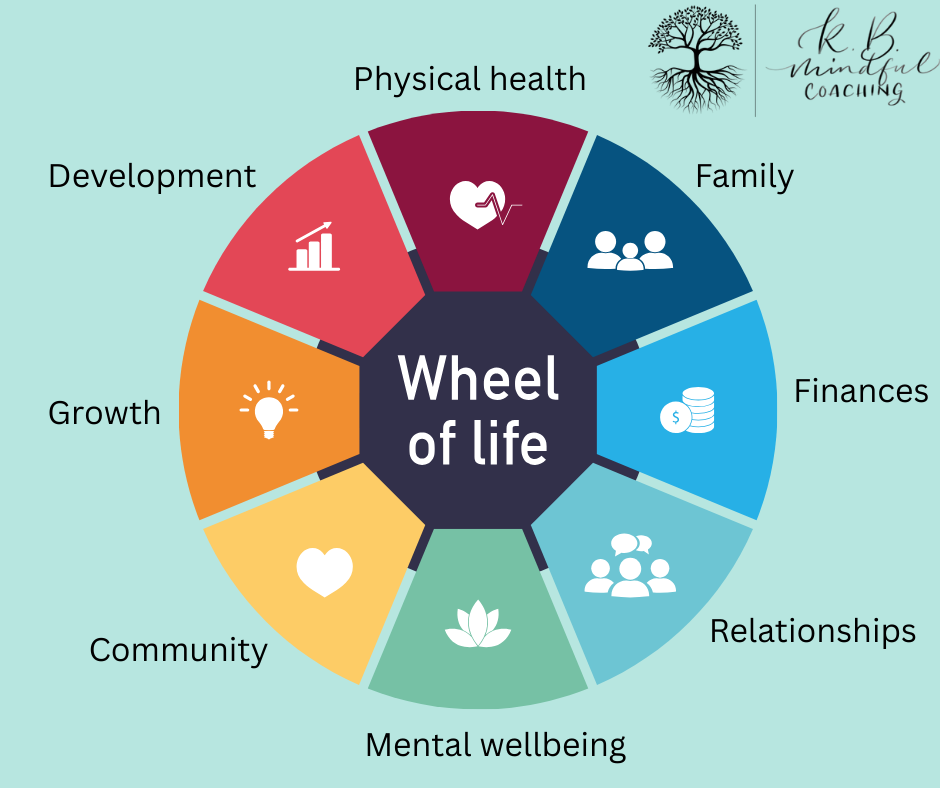The 'right kind' of resilience
- kbmindfulcoaching
- Sep 23, 2022
- 3 min read
Updated: Jul 17, 2023
I think resilience has become one of those words bandied around quite a lot, accompanied by quite a few different ideas of what it means. ‘Bounce back’ being one, and ‘man up’ being another (although luckily, I think we hear ‘man up’ less often meant with any seriousness!).

what is resilience?
The picture above represents what I call ‘the full body armour of resilience’. There’s barely even a gap for the eyes. All safe in here thanks very much ... except it’s not even really possible to see or move! Ah, perhaps there is a flaw after all then.
The point the full body armour of resilience makes is about the slightly bad reputation that the term resilience can conjure up – surrounding this idea of building a thicker skin (or a step further, physical armour!) to deal with what life throws at us, that we should be stoic enough to be able to cope, just fine, on our own what whatever comes our way. And if we can just build up enough of this so-called ‘resilience’, then this is what we are able to do. I’m guessing that might sound familiar!
I don’t believe this is a healthy or sustainable view of resilience, or more importantly that it actually works. Yes, we absolutely want to be able to recover from the bad stuff that happens (because it will happen, there really isn’t anything we can do to prevent everything unwanted from happening in our lives – that’s a whole other blog right there!). And ideally it would be great if the bad stuff wasn’t so painful a process to go through. But the idea of ‘bouncing back’ as part of that recovery is one I’d like to reframe a little, and certainly the part where we do it all on our own.
A resilience cycle...
Here is how I like to think of a cycle of resilience in action:
Acceptance...... help....... choices....... moving on
I think the first important part of resilience in the face of a challenging experience is acceptance. I don’t mean in a ‘keel over and give way’ manner of acceptance, more just an acknowledgement of the challenging or undesirable situation that has arisen, such as facing redundancy, a house sale falling through, not getting the job offer, whatever it may be, without blame.
It’s also very natural to feel anger, sadness or disappointment that accompanies this kind of news. However, there is unfortunately very little to be gained from sitting in those kinds of negative feelings for long, even if it is tempting to stew - and I’ve definitely been there!
The next step is about the help you need to work through this situation and come out the other side – so for the previous examples it might be things like finding out more information (such as feedback from an interview), or who can you talk to for support / advice or even shared experiences. Then it is about choices, the part where you get some control back over the undesirable situation. What choices do you actually have in light of this happening – even the ones that might not seem obvious at first? And the final step in this process, having accepted what has happened, sought help, evaluated and chosen an option, is the ‘moving on’ part. I say ‘moving on’ rather than ‘bouncing back’ because bouncing back seems to suggests back to where you were, which is more than likely untrue! It could be moving on in a new and unexpected direction, or over a slight bump in the road which wasn’t as bad as anticipated after all.
Vulnerability isn’t weakness, it’s human, and we are social creatures that value connection and support. We can use this approach to allow us to lighten the load of that full body armour – maybe significantly, maybe a bit. There is another way than the full suit, and no ‘manning up’ in sight.



Comments